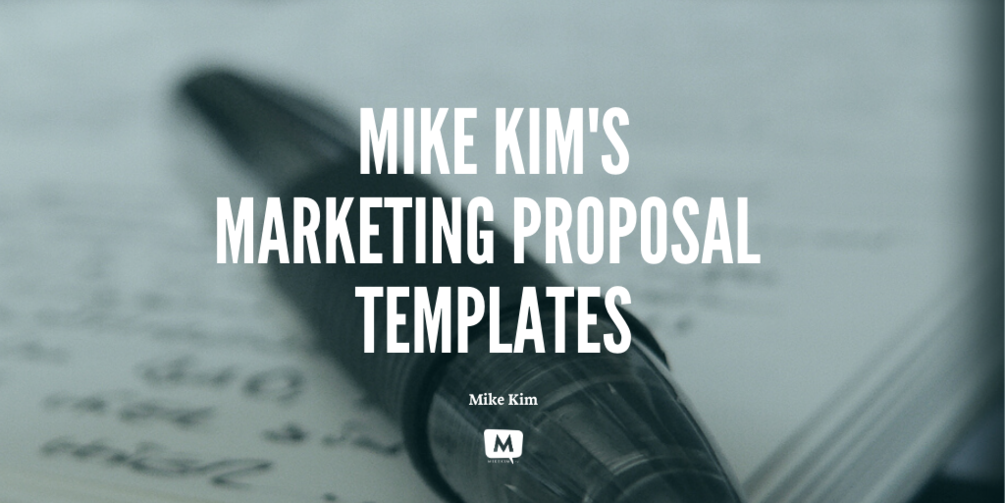 InE-Myth Revisited, Michael Gerber said, “Organize around business functions, not people. Build systems within each business function. Let systems run the business and people run the systems. People come and go but the systems remain constant.”
InE-Myth Revisited, Michael Gerber said, “Organize around business functions, not people. Build systems within each business function. Let systems run the business and people run the systems. People come and go but the systems remain constant.”
It’s easy to dismiss this quote and assume it’s for a bigger operation. Yet I’ve met many coaches, consultants, and freelancers who are constantly overwhelmed, late on deliverables, and wasteful with their time and creative energy.
A simple system of forms can cure several of these problems.
1. Client Intake Form
 This form replaces the “tell me about your business” phone call, which can often be a waste of time. The right client intake form can give you insights about a prospect’s wants and needs, set expectations on fees, and decide whether you are a good fit for the project even before you exchange a word. Plus you won’t waste time taking calls from tire-kickers who just want free coaching.
This form replaces the “tell me about your business” phone call, which can often be a waste of time. The right client intake form can give you insights about a prospect’s wants and needs, set expectations on fees, and decide whether you are a good fit for the project even before you exchange a word. Plus you won’t waste time taking calls from tire-kickers who just want free coaching.
Have I ever taken on a client that did not initially fill out this form? Absolutely, but most of the time that came through a personal connection (and I still ask them to fill it out). Some tips:
- Ask open-ended questions.
- Get the prospect to write out their problems and objectives.
- If appropriate, ask for budget parameters. This allows you to hint at your rates.
2. Official Proposal
If a prospect fills out the client intake form and I feel the project may be a good fit, we talk for 20-minutes. If there is a Request For Proposal (RFP, for short) it’s now my responsibility to send a clear, concise proposal.
Your project proposal isn’t just a price quote, it’s a marketing tool. I rarely write a proposal over three pages –– most of the time, it’s one page. Long proposals aren’t necessary because prospects have been vetted via the client intake form and phone call. The proposal takes me about 15 minutes to write and includes:
- Situational Appraisal (to ensure I am fully understanding the situation)
- Methodologies & Deliverables (what I will do, and how)
- Timeline (duration of the project)
- Parameters (available number of calls, when I can be reached, etc.)
- Fee
Clients can expect to have a proposal within three business days of our call. I usually have it in their inbox by the second day, and ask that they accept or deny the proposal within three business days from that day.
This means there is a maximum five-day turnaround to find out whether I take a project or not. If they don’t respond within that time, the proposal expires and I move onto the next project. If they return a few months later, you can be sure that as the sun rises and sets: my fee will increase.
Hardball? Maybe, but if we can’t get on the same page at this point it’s likely that the working relationship will be a disaster. Consider that agreeing to work with the wrong client will likely double or triple the hours you intended for that project.
Having this system guarantees I spend no more than an hour from:
- Reading client intake responses
- Talking on the phone
- Writing the proposal
3. One-Page Project Proposal (Great for Repeat Clients)
Most people write long proposals in an effort to look good. In reality, choosing the right clients ensures you save time in every step of the process –– including those you do repeat business with.
Your One-Page Project Proposal gets to the point quickly and efficiently, and you’ll be surprised at how easily it helps secure repeat business. I often use this for ongoing clients. If someone hires me for a “phase one” of a project and wants to extend, I don’t need to do a full proposal all over again –– I just send a one-pager that extends the project.
4. Client Testimonial Form
Testimonials are a vital part of your marketing, but you must get detailed and results-based testimonials that showcase your unique value.
Clients don’t write very good testimonials (even if they love your work) so I created a form that leads my client down a thought progression. I ask questions like, “What compelled you to hire me in the first place?”
The form starts the response for them i.e., “We were experiencing difficulties in gaining new leads.” The client finishes the thought and once completed, I have a full sentence that reads, “We were experiencing difficulties in gaining new leads, and Mike helped us by implementing etc. etc. etc.”
It’s magic!
We both know testimonials are integral to your marketing, but you may have struggled obtaining them. Having a good testimonial system will ease the process. You’ll be surprised at how much better your clients respond.
5. The High-Ticket “Pedigree” Page
If you’ve never heard of a “pedigree” page, it’s because I made it up. This page has been the absolute key differentiator in helping me secure high-ticket projects between the range of $25,000 all the way up to $143,000 over a multi-quarter project.
This is a hidden page you build on your site (password protected) that outlines the biggest projects you’ve done but can’t speak publicly about for marketing purposes.
Most of the clients I’ve worked with have not required me to sign a non-disclosure agreement (NDA) but they haven’t given me express permission to use them in marketing materials, either. The pedigree page allows me to showcase higher level projects I’ve done without crossing the line with past clients.
About Those Brain-Pickers…
Chances are you will absolutely, positively encounter “prospects” looking to milk you for free info.
They are experts at “discussing a project” or a “huge opportunity.” They are pros at getting you to share your insights and strategies on what is supposed to be a discovery call. Many times these folks have no intention of contracting you, ever.
Listen to my podcast episode: Stop Letting People Pick Your Brain (For Free)
To give these people hours of your workweek will kill your business. But if they have this kind of access to you in the first place, it’s your fault. It’s like the old saying, “Fool me once, shame on you. Fool me twice, shame on me.”
Requiring clients to fill out your forms forces them to have skin in the game. They must invest time and thought into working with you before they get to speak with you. A system ensures you are in a position to help … instead of getting hoaxed.
Get the EXACT PROPOSAL TEMPLATES That Won Clients Like The John Maxwell Team, StoryBrand, and Desert Financial
 If you want to save time, you can purchase the same proposal templates I used to land high-ticket clients. My forms are available as templates here, but even if you don’t use my resources you should have some kind of an on-boarding system like the one I described in this article. Protect your time and energy for your best work instead of wasting it on poor leads and freeloaders.
If you want to save time, you can purchase the same proposal templates I used to land high-ticket clients. My forms are available as templates here, but even if you don’t use my resources you should have some kind of an on-boarding system like the one I described in this article. Protect your time and energy for your best work instead of wasting it on poor leads and freeloaders.
Get My Marketing Proposal Templates Here »
Top clients expect professionalism, punctuality, and organization. They are willing to pay top dollar for for real professionals. What sounds more appealing: 1. Playing email tag and finally getting on the phone in-between meetings, or 2. Having a clear-cut process that maximizes efficiency and shows the potential leads that you mean business? It’s a no-brainer for me. If you’d like my templates, here’s a sneak peak of what is inside:
Every Important Project Proposal, Client Intake Form, Testimonial Form, All Ready to Go:
- Client Intake Form
- Official Project Proposal
- One-Page Project Proposal (Great for Repeat Clients)
- Client Testimonial Form
- The High-Ticket “Pedigree” Page Strategy
My Marketing Proposal Templates give you everything you need to automate and supercharge your business.